#invention
Photo

Scientific Revolution
The Scientific Revolution (1500-1700), which occurred first in Europe before spreading worldwide, witnessed a new approach to knowledge gathering – the scientific method – which utilised new technologies like the telescope to observe, measure, and test things never seen before. Thanks to the development of dedicated institutions, scientists conducted yet more experiments and shared their knowledge, making it ever more accurate. By the end of this 'revolution', science had replaced philosophy as the dominant method of acquiring new knowledge and improving the human condition.
Continue reading...
25 notes
·
View notes
Text
I was working to invent miniature trampolines for jumping spiders, because jumping spiders like jumping, so I wanted to help them jump higher.
542 notes
·
View notes
Text
X-Ray Image Taken By Nikola Tesla (1896)
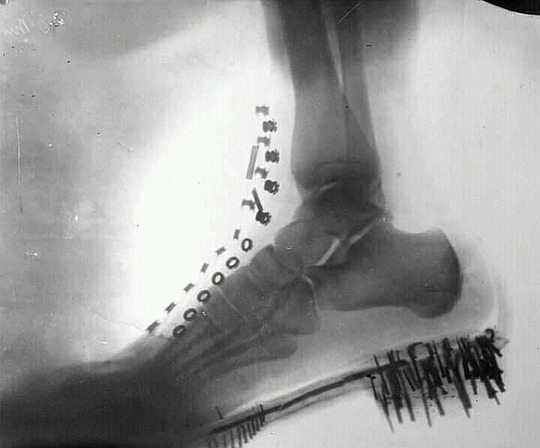
Though not widely known, Nikola Tesla spent a great deal of time intensively researching X-rays, publishing his results during the period between March 11, 1896 to August 11, 1897. He also gave a lecture on April 6, 1897 presenting designs of several different devices that could generate these powerful rays. During this lecture, he shared similar data and conclusions from his earlier experiments with Crookes tubes in 1894. Crookes tubes were invented by British scientist William Crookes in order to study electrical discharges in vacuum tubes. During Tesla’s experiments in 1894, he observed that some of the tubes that produced only feeble visible light had more effect on photographic plates than tubes which were brighter. Since it was obvious that there must be some kind of energy coming from the tubes with feeble light, and their properties were still unknown, Tesla used the term “radiant matter" to describe these radiations. With these tubes, Tesla produced some of the first X-ray imaging, which he called “shadowgraphs,” due to their dark nature, but still did not realize the importance of these radiations. To him, the photographs taken seemed to be spoiled due to unaccountable marks and defects. In March of 1895, a fire broke out in his laboratory, destroying practically all of his equipment and experimental data to date. It took several months before he could resume his work, and in the meantime, a German scientist named Wilhelm Röntgen made his X-ray discovery in the same year (December, 1895). Roentgen first detected the radiation by accident in his experiments where he was testing whether cathode rays emitted from Crookes tubes could pass through glass, and or other solid objects, but was astonished to find that the rays emitted would pass through thinner objects and leave shadows of the more solid objects behind (such as with skin and bones). When Tesla heard this news, it was immediately obvious to him what had been problematic in his laboratory work. Realizing and regretting that he had missed out on making a major scientific discovery, Tesla would say, “I realized that my guiding spirit had again prompted me and that I had failed to comprehend his mysterious signs.” He repeated Röntgen's experiments, and came to much better results than Röntgen and others since he had his newly developed Tesla Coil. With this apparatus, he immediately realized the importance of high voltages for producing powerful rays and suggested using his newly developed single-terminal tubes and connecting them to the secondary coil of the transformer. In 1896, Röntgen acknowledged Tesla’s discoveries and in a lecture before the Physical Medical Society in Wurzburg, Germany, discussed the advantage of using Tesla’s high-frequency transformer in generating X-rays. Tesla would also become one of the first scientists to point out the harms of these rays and developed safer ways to utilize them for medical use. Methods we still use today. On the other side of town, others like Thomas Edison thought these newly discovered rays could cure the blind. Many patients who were experimented upon starting showing terrible illnesses, one being his assistant who later had to have both arms amputated. Edison was quoted in an interview saying, “Don’t talk to me about X-rays…I am afraid of them.”
Nikola Tesla would later give all credit to Röntgen for the discovery, and throughout the next few years, produced some of the best X-ray imaging that even Röntgen praised. In a letter to Tesla, Röntgen wrote, “Dear Sir! You have surprised me tremendously with the beautiful photographs of wonderful discharges, and I tell you thank you very much for that. If only I knew how you make such things!”
#nikola tesla#science#history#x ray#X-rays#technology#invention#medical#electricity#quotes#ahead of his time#ahead of our time
158 notes
·
View notes
Photo


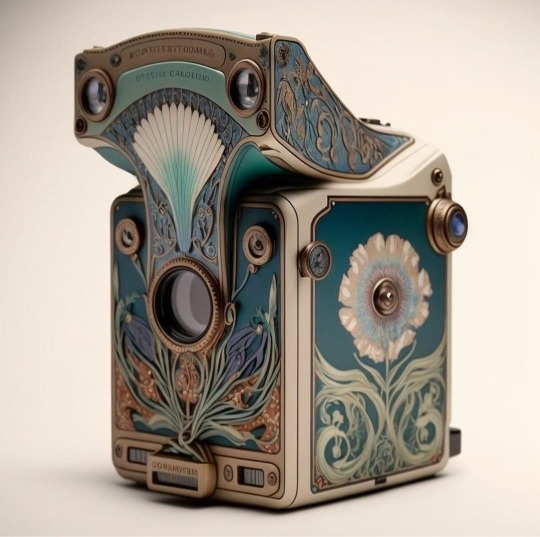
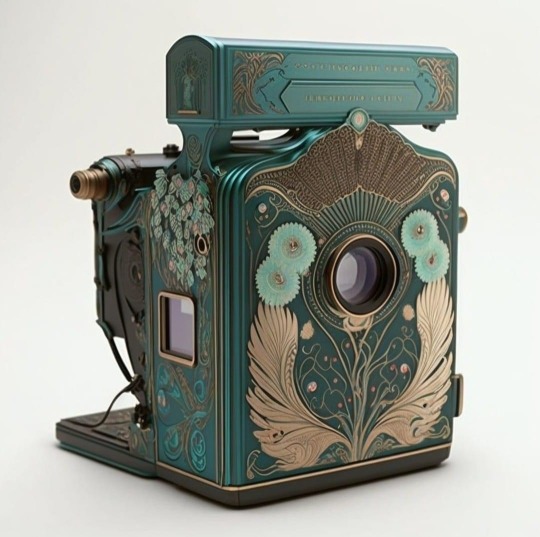


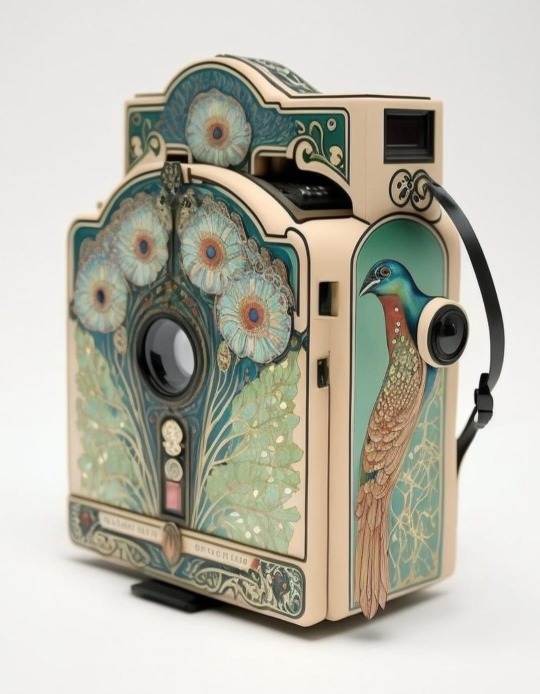


1K notes
·
View notes
Photo



(via The Portable Nuclear Bomb Shelter - Neatorama)
American inventor Harold C. Tifft’s portable protective shield. You can read a copy of his patent here.
The shelter consists of a shell made from steel, titanium, aluminum, and shatter-resistant glass that will provide protection from radiation and debris set in motion by nearby atomic detonations. There's a convenient carrying case for those users who are foolhardy enough to think that they will have time to unpack and assemble the kit in time. That's definitely an unnecessary risk.
109 notes
·
View notes
Text

Now Taking Orders.
And more inventions.
71 notes
·
View notes
Text
"Mister Lipwig, the world lives between those who say it cannot be done and those who say that it can. And in my experience, those who say that it can be done are usually telling the truth. It's just a matter of thinking creatively. Some people say 'Think the unthinkable,' but that's nonsense--although in your case, sir, I think you have the nerves for it. Now, don't let me detain you."
Terry Pratchett, Raising Steam
#havelock vetinari#moist von lipwig#raising steam#discworld#terry pratchett#uberwald#trains#railroads#train schedule#progress#invention#do or do not#impossible#pressure#deadlines#unthinkable#creativity#creative problem solving#you have the nerves for it
120 notes
·
View notes
Photo

Source details and larger version.
157 notes
·
View notes
Quote
There is not even a thought, or an invention, which is not common property, born of the past and the present. Thousands of inventors, known and unknown, who have died in poverty, have co-operated in the invention of each of these machines which embody the genius of man.
Peter Kropotkin, The Conquest of Bread
#philosophy#quotes#Peter Kropotkin#The Conquest of Bread#invention#creation#creativity#property#mutualism#humanity
86 notes
·
View notes
Text
Sans Undertale invented HRT. He invented it to cure ink poisoning, but when he discovered its other uses, he donated it to the trans community.
3K notes
·
View notes
Text
The Evolution of the Tesla Coil


Nikola Tesla invented the Tesla coil as part of his exploration into lighting, wireless power transmission, and radiofrequency experiments. He developed the coil to produce high-voltage, low current, high-frequency electricity. The Tesla coil consists of primary and secondary coils that are inductively coupled, and the circuit is designed to resonate at a specific frequency. This resonance enhances the efficiency of energy transfer between the coils, enabling the generation of high-voltage, high-frequency alternating current.
His first Tesla coil was a bipolar coil created around 1891, and was demonstrated before scientific institutes from 1891-1893. His patents reveal that they were essentially intended for light production using both high frequency and high voltage at the same time. He also mentions in his patents how he discovered that a single wire could be used to light a light bulb. Generally, light bulbs require two wires to operate – one for the positive (live or hot) and one for the negative (neutral). He also discarded wires completely lighting bulbs wirelessly. Tesla improved upon the bipolar coil over many years using them for gas engine ignition, wireless, ozone production, and to create undamped waves.
In 1893, Tesla developed the bifilar spiral coil, which is a type of coil wound with two parallel wires, known as bifilar winding. The wires are wound side by side in a spiral pattern, maintaining close proximity throughout the coil. It was built in an attempt to avoid the employment of condensers, which are expensive and difficult to maintain. The coils themselves were meant to accomplish the same ultimate object as the condensers.

In 1894, Tesla evolved his coil into a conical coil. A conical coil refers to a coil or winding in the shape of a cone. These coils were sometimes employed in his wireless power transmission experiments and other electrical investigations. The shape of the coil can influence its inductance, capacitance, and resonance properties, impacting its performance in different applications. This coil allowed Tesla to reach tensions of 1 million volts.

In 1897, Tesla developed the flat spiral coil, similar to his bifilar coil. This type of coil forms a flat, spiral pattern. The specific shape and dimensions of the coil can influence its inductance and other electrical properties. The main reason Tesla started using flat spiral coils was because they were relatively safe, since the highest potential terminal is at the center, and also because they better suppressed the sparks, which were essentially losses in the circuit, allowing him to achieve higher voltages:
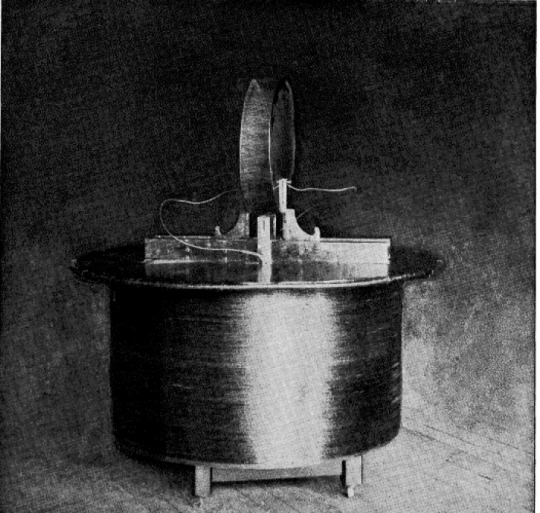

Another version of his coils was his Helical coil. A helical coil is a coil wound in the shape of a helix or spiral. The helical coil configuration is characterized by the wires being wound around a cylindrical form in a continuous spiral pattern. Tesla utilized helical coils throughout the late 1890s and in his Colorado Springs Experiments. The coils were used in his wireless transmission experiments, and he employed helical resonators to investigate the behavior of electromagnetic waves. The helical shape offers specific electrical properties and can influence the resonance and performance of the coil in certain applications.
Finally, the Tesla coil would eventually evolve into his Magnifying Transmitter. Tesla designed it as part of his wireless power transmission experiments. The magnifying transmitter was intended to efficiently transmit electrical energy over long distances without the need for wires. The system involved a large coil, often called the magnifying transmitter coil, which could produce high-frequency, high-voltage electrical currents. Tesla believed that this technology could revolutionize global communication and provide a means for delivering electrical power wirelessly by using the earth itself as a conductor.

The magnifying transmitter would become his Wardenclyffe Tower. Unfortunately, Tesla ended up lacking the investments and funds to finish his work in its entirety. Some say he failed because his idea didn’t work, but that’s not true at all because his Colorado experiments proved that they did. In his head, the transmission of energy was a matter of engineering. If he had a machine that could send energy 20 miles, then he could build a machine that could send energy a thousand miles. As long as he understands the motive power, he could build a machine that will do all that he requires of it. He simply underestimated the cost of his system. His failures to finish his work would leave him with the public persona as being the mad scientist who had unrealistic ideas for the future.
Ultimately, Tesla would not realize his dream of providing humankind with cheap, unlimited energy in his lifetime; however, his legacy forever lives on through the incredibly impactful experiments, and the evolution of the Tesla Coil.
“Technical invention is akin to architecture and the experts must in time come to the same conclusions I have reached long ago. Sooner or later my power system will have to be adopted in its entirety and so far as I am concerned it is as good as done. If I were ever assailed by doubt of ultimate success I would dismiss it by remembering the words of that great philosopher, Lord Kelvin, who after witnessing some of my experiments said to me with tears in his eyes: ‘I am sure you will do it.’”--Nikola Tesla

#nikola tesla#science#history#electricity#invention#wireless#energy#power#Tesla coil#quotes#ahead of his time#ahead of our time
200 notes
·
View notes
Text
Rise August Art Challenge
Day 21/30: Invention + Turtle Tots

Days 21 + 30 of @sariphantom's Rise August Art Challenge!
Did anyone else throw random things together to make "inventions" as a kid? And obviously it didn't do anything, but you and your siblings just pretended it did? I imagine that's something little Leo and Mikey would have done. Donnie doesn't really get it, but they seem excited, so he plays along as best he can.
(The kid has probably built his first computer by now... but one look at Mikey's face, and of course he'll try to act impressed that they tied a battery to a fork!)
Rise August 2023 Masterpost
#rottmnt#rise of the tmnt#rise of the teenage mutant ninja turtles#art#my art#rise august#rise august art challenge#day 21#day 30#invention#turtle tots#my post#alt text#leo#donnie#mikey#rise leo#rise donnie#rise mikey#leonardo hamato#donatello hamato#michelangelo hamato#digital art
154 notes
·
View notes
Photo

199 notes
·
View notes
Text
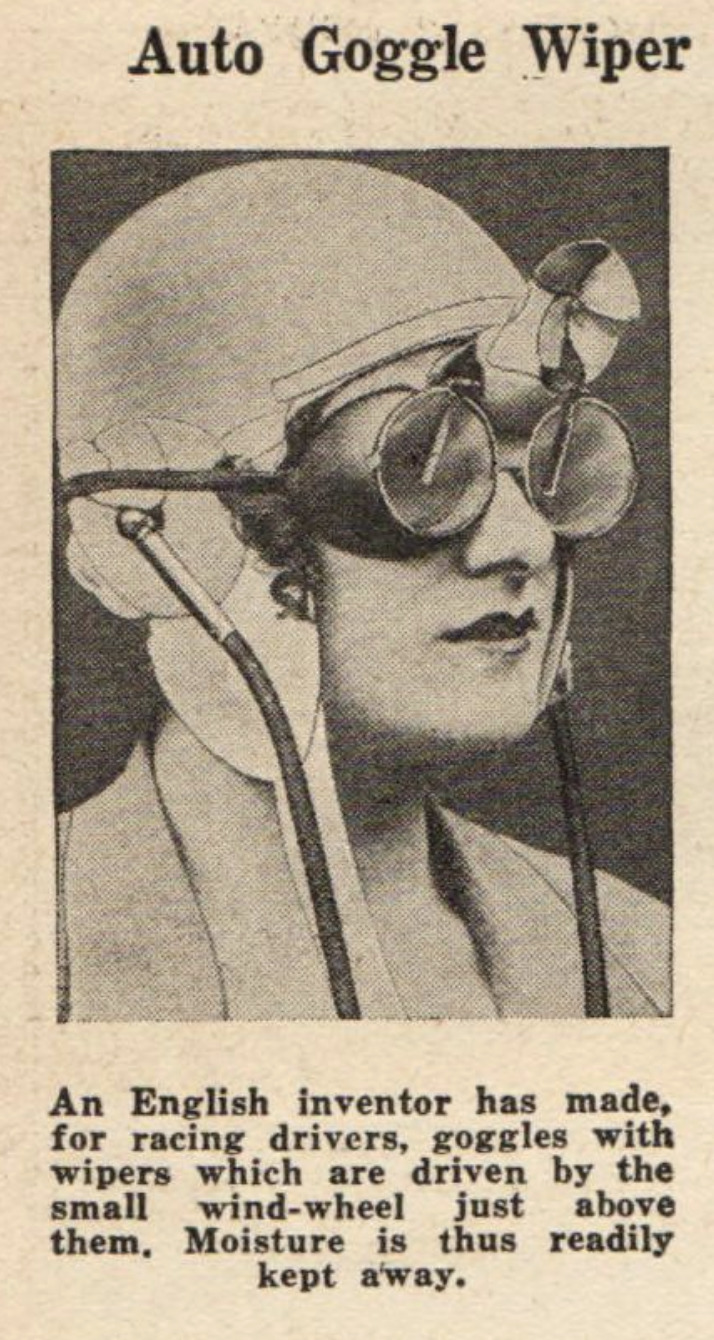
Auto Goggle Wiper
An English inventor has made, for racing drivers, goggles with wipers which are driven by the small wind-wheel just above them. Moisture is thus readily kept away.
64 notes
·
View notes
